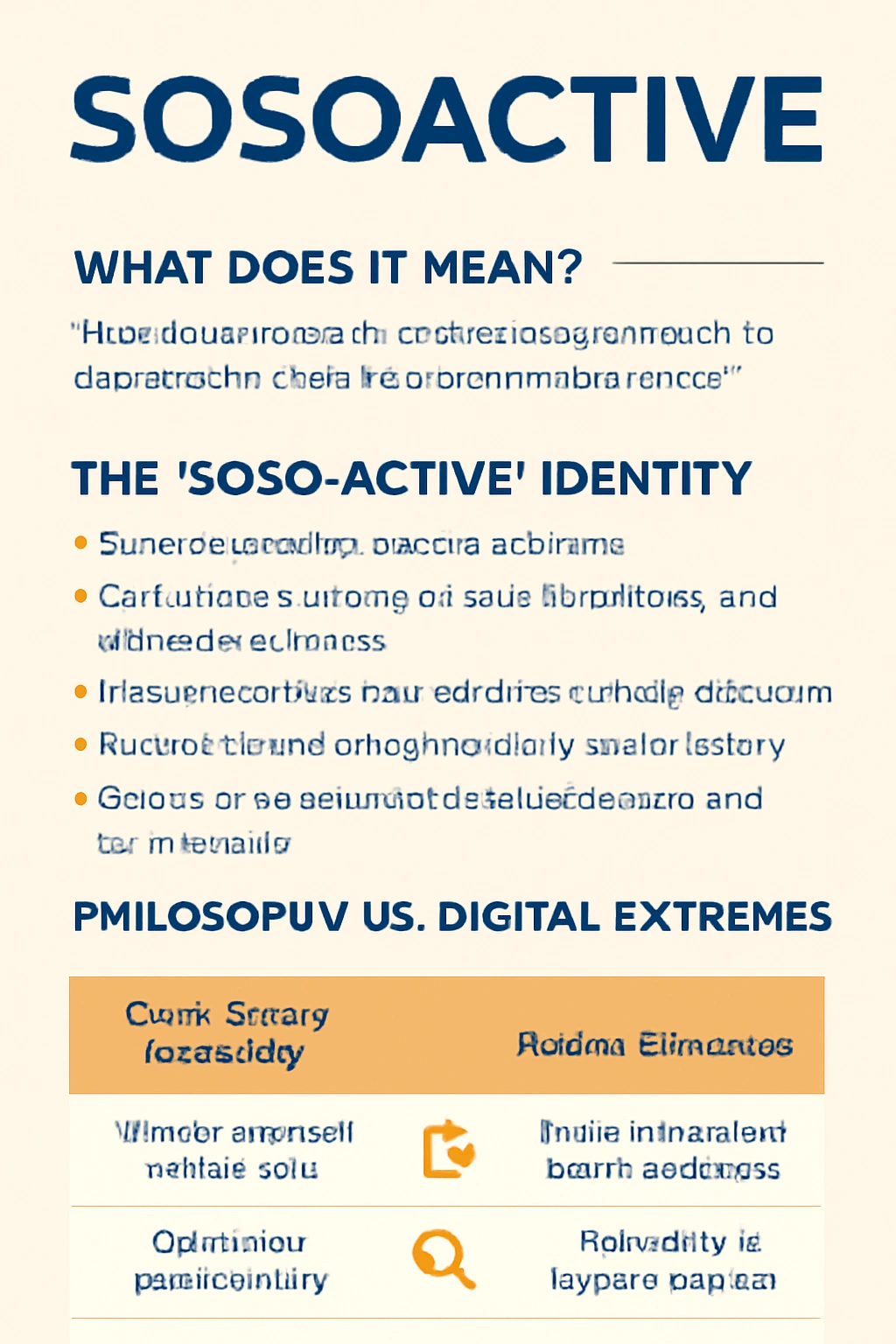Following the dividends paid from a life insurance policy, it is obvious that the earnings can be kept wisely instead of carelessly furnishing in old age. To go about it? Please, tag along.

When it has to do with the dividends paid from a life insurance policy, these are actually a portion of an insurer’s earnings distributed to policyholders.
They typically take the form of yearly payments, but the timing and size can vary based on the insurer and the type of policy.
Dividends are not a guarantee, but they’re typically paid if an insurer’s overall performance is stronger than they originally forecast. This could be due to investment returns, favorable mortality, or lower-than-estimated operating costs.
Who Gets the Dividends?
Dividends tend to go along with participating whole life policies and term life. Policyholders typically have the option of how they’d prefer their dividends to be distributed, which could be:
- Cashing them.
- Using them to maintain low premiums.
- Using them to purchase paid-up additional coverage.
- Allowing them to accrue interest in the policy.
- Tax considerations:
Dividends on life insurance are typically a refund of premiums paid and, barring extraordinary circumstances, are not taxable as income.
Example:
If a life insurance company has a successful year and profits come in above projections, it can choose to distribute a portion of those profits to its participating policyholders as dividends. The dividends can be used to reduce future premiums or even be taken in cash.
What is the Dividend Paying Policy?

This is the method used by companies to establish whether and how much to pay out cash to shareholders as dividends.
So, whether profits should be returned to owners as dividends or reinvested in the business can have a profound impact on business expansion procedures, market presence, and stockholder satisfaction.
What are the Three Main Dividend Policies?
Stable, persistent, and residual are the main types of dividend policy, though others exist. While investors do understand firms may not always have to pay dividends, many view it as a canary in the mine for the financial position of that particular company
Cash dividends are the most common type of dividend and often are distributed quarterly, occasionally semi-annually, or annually.
Stock dividends are from companies that want to retain their cash balances. So they pay dividends in the form of additional shares of stock.
What are Qualified Dividends and How Are They Taxed?
A qualified dividend happens if the owner of the stock held the stock for over 60 days within the 121-day period beginning 60 days earlier than the ex-dividend date. 1 The ex-dividend date is a trading day before the record date of the dividend.
Eligible dividends are paid by corporations from income that has been subjected to the general corporate tax rate.
The dividends are grossed up higher (38%) and have a higher dividend tax credit, with the effect being that shareholders pay lower personal rates of tax.
What is the Nature of Dividend Policy?

A dividend policy is a strategy taken by a company to determine how its profits are to be shared among shareholders.
This creates dividends, which are indeed slices of a company’s earnings that are paid out to shareholders and not reinvested within the company.
If your business is a corporation, you may perhaps pay dividends to your spouse if he or she is a shareholder in the corporation, subject to the tax on split income (“TOSI”) rules that limit splitting certain categories of income with relatives.
How to Check Dividend Received
To check whether you have received a dividend, you can normally find it inside your online brokerage account or bank statements with your bank.
Look for a “Dividends” section or record, which will include payment date, amount, and possibly additional details like withholding tax. Your brokerage will also mail you a Form 1099-DIV by the last week of January for dividend income during the previous year.
1. Brokerage Statements
Almost every online brokerage provides access to account statements upon which dividends paid are posted. Check your statement for a “Dividends” section or history.
2. Form 1099-DIV
Your brokerage will send you a Form 1099-DIV by the last week of January for last year’s dividend income. The form will include details on the dividends earned.
3. Record and Payment Dates
Firms generally declare a dividend, and then a record date (during which shareholders on the company’s register are ascertained), and then a payment date (when dividends are paid). Payment will be credited to your brokerage account or sent through the mail.
4. Share Registries
For more historical information, you can contact the share registry upon which the company keeps the details of its shareholdings. They can provide payment history and tax vouchers.
Websites and investment websites generally offer the dividend tracker to help you monitor your dividend income.
Also, dividends are mostly credited to your primary bank account, so you can also check your bank statements for any such credits.
Bottom Line
It is very possible to contact the share registry firm that holds the company’s shareholder register. They can provide information on payment history and tax receipts.
The majority of investment sites and money sites give dividend trackers to enable you to keep track of your dividend pay.
Dividend payment can be credited directly to your principal bank account, so you can also check your bank statements to look for any corresponding entries.







